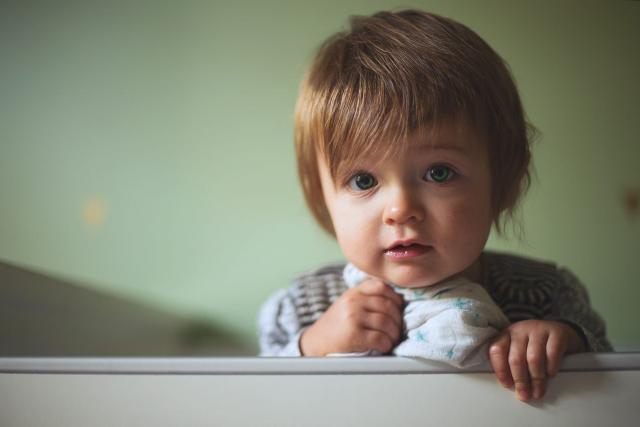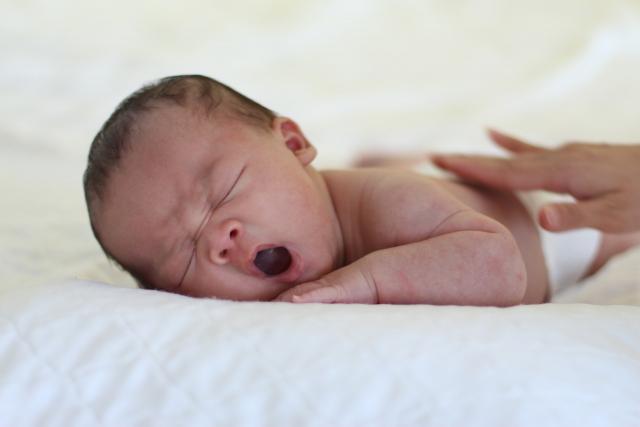Melbourne mum Marjorie Kellock is an Open College Network (OCN) certified infant and toddler sleep consultant and an early childhood and primary educator.
She wants to help other parents gain the confidence to navigate their child’s sleep.
“When I had my first bub, I soon learned what sleep deprivation can do to you, and it is not pretty,” she said.
“I found myself not enjoying motherhood and felt like I couldn’t give my best to my daughter and my husband.
“I was obsessively arranging everything around my bub’s sleep and started to feel trapped and isolated.
“We sought help from a sleep consultant and it enabled us to lay healthy sleep foundations for our newborn.
“Once I was getting more sleep, I became much happier and I was able to give my family the best version of myself.”
Marjorie stressed that sleep training did not mean leaving a baby to ‘cry it out’, but finding strategies appropriate to their age, development, and individual sleep patterns and needs.
She shared five tips for laying down a solid sleep foundation for a baby.
1. Establish a consistent bedtime routine
Establishing a consistent bedtime routine has been shown to improve a baby’s sleep.
This routine might include activities like a warm bath, gentle rocking, reading a bedtime story, and dimming the lights.
Consistency helps signal to the baby that it’s time for sleep.
2. Create a sleep-inducing environment
Ensure that the baby’s sleep environment is conducive to rest.
This means keeping the room at a comfortable temperature (19 to 21 degrees), making sure it’s dark (darkness helps promote the sleep hormone, melatonin), and using a white noise machine to block out external noise.
Make sure that if you are using a white noise machine it plays through the night and isn’t on a timer. If it suddenly stops, this can wake your baby up.
3. Safe sleep practices
Follow safe sleep guidelines to reduce the risk of sudden infant death syndrome (SIDS).
Babies should be placed on their backs to sleep, and the crib should be free of loose bedding, pillows, and stuffed animals.
Research shows that following these guidelines significantly lowers the risk of SIDS.
For more sleep safety guidelines, visit rednose.org.au.
4. Daytime exposure to natural light
Exposure to natural light during the day helps regulate a baby’s circadian rhythm.
Spend time outdoors with your baby during daylight hours, and let natural light into your home during the day.
This can help babies differentiate between day and night, improving nighttime sleep.
Moreover, sunlight enhances vitamin D levels, which play a role in producing melatonin.
5. Watch your baby’s wake windows
A wake window is the length of time a baby has the energy and capacity to stay awake between sleep periods.
They build sleep pressure during these windows, making their little bodies tired and in need of sleep.
If they have too much awake time, they can become overtired – their bodies produce a hormone called cortisol, which is a wake-up hormone – making it very hard for them to settle and go to sleep.
Every baby is unique, but the recommended wake windows by age range are:
0 to 3 months – 35 to 90 minutes
3 to 4 months – 90 to 120 minutes
5 to 7 months – 2 to 3 hours
7 to 10 months – 2.5 to 3.5 hours
11 to 14 months – 3 to 4 hours
It’s essential to be flexible and adapt these tips to your baby’s individual needs and temperament.
Consulting with a paediatrician or a qualified baby sleep consultant can also provide personalised guidance based on your baby’s specific circumstances.










